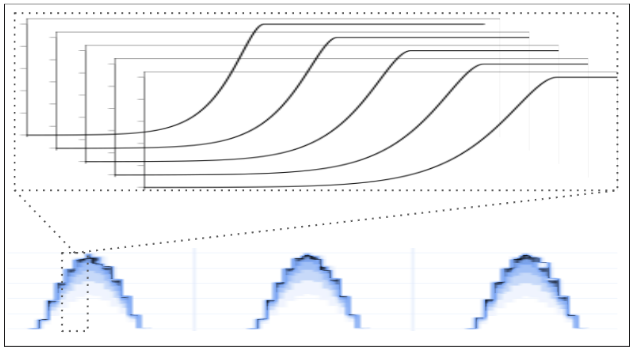Shifted Energy is proud to announce that Matthew Motoki, our Chief Data Scientist, has won Runner-Up for the American-Made Solar Forecasting Prize. Sponsored by the U.S. Department of Energy's Solar Energy Technology Office and administered by the National Renewable Energy Laboratory (NREL), the Prize was designed to incentivize solar forecast providers to develop and potentially commercialize tools that predict how much energy solar photovoltaic systems will generate days in advance.
While utilities and grid operators recognize solar forecasting as an important part of system operations, improving the accuracy of forecasting methods and their integration into the operation and planning processes will enable even more solar to connect to the grid.
Currently, the simplest types of probabilistic solar forecasts are probabilistic persistence forecasts, which are highly accessible and easily applied. However, the accuracy of these forecasts is usually poor. Post-processing calibration can improve accuracy but this additional step increases the complexity of the forecast. Numerical weather prediction (NWP) ensembles have long been the standard for probabilistic solar forecasting. These models use satellite imagery and physics-based simulations to generate a trajectory for future weather conditions. NWP improves upon the accuracies of probabilistic persistence forecasts, but are computationally expensive and their reliance on satellite imagery hinders their deployment in locations where this is not available.
Matthew Motoki developed an innovative solar forecasting method specifically for the Prize, called "RadianceIQ", which offers several advantages compared to traditional forecasting methods:
- Reliance on local sensor measurements allows for it to be applicable to all areas of the world, as opposed to NWP ensembles, which depend on satellite imagery that is not available in all locations.
- Advanced machine learning technique that utilizes custom deep neural networks to directly minimize the Continuous Ranked Probability Score loss with no post-processing calibration needed. By contrast, probabilistic persistence forecasts require post-processing calibration to reach acceptable accuracy, which adds complexity.
- Lightweight architecture makes it run faster than NWP ensembles and other machine learning approaches.And RadianceIQ's approach can reduce computation costs, which are high for NWP ensembles, while providing increased accuracy.

This diagram shows the probabilistic forecasts made by RadianceIQ's solar forecasting model. The bottom panel shows a 3-day ahead forecast shaded blue with the actual irradiance value as a solid black line. The top pane shows cross-sections of the forecast at specific times.
The RadianceIQ system adds supply-side energy forecasting capabilities to Shifted Energy's industry leading demand side forecasting engines, which are being applied to optimize distributed energy resources for more than a dozen utilities across four countries. Shifted Energy's Grid Maestro virtual power plant platform will now allow customers to automate co-optimization of onsite and grid-level solar generation with behind-the-meter demand side management resources to maximize value to energy users and utilities. "We will integrate our probabilistic irradiance forecasts with Shifted Energy's load forecasts and grid-edge controllers to optimally align supply with demand,"" said Motoki. "This allows us to unlock additional value from gigawatts of flexible load and maximize the value of local solar generation, while also enabling our customers to mitigate extreme weather events that may lead to grid instability and/or severe customer discomfort".
